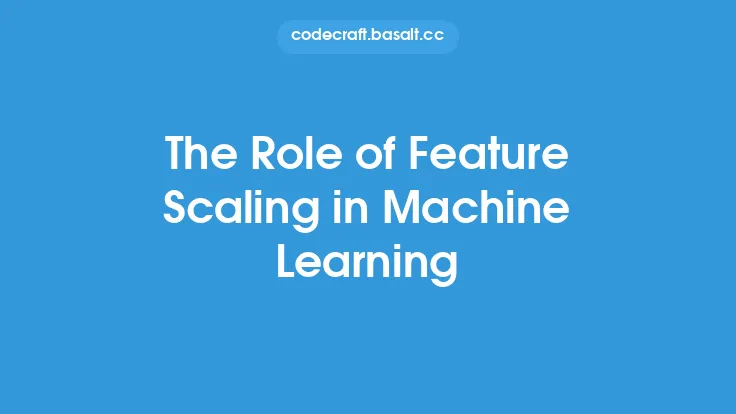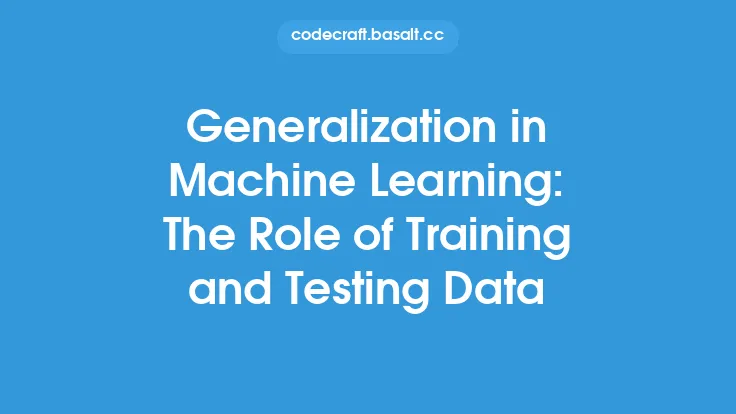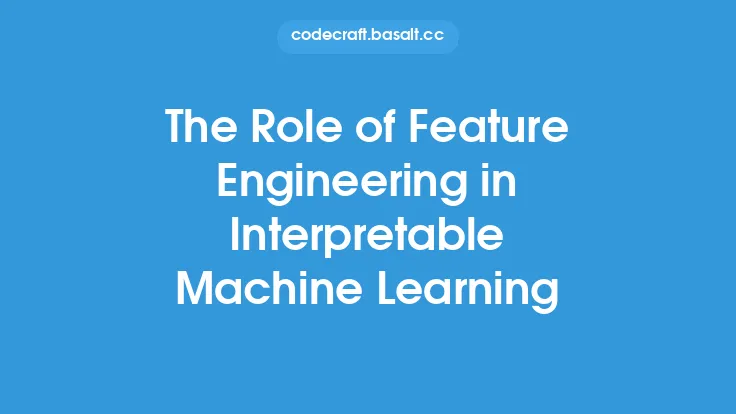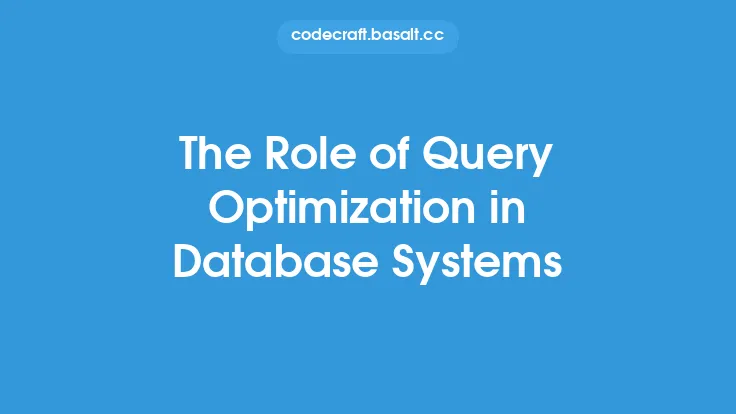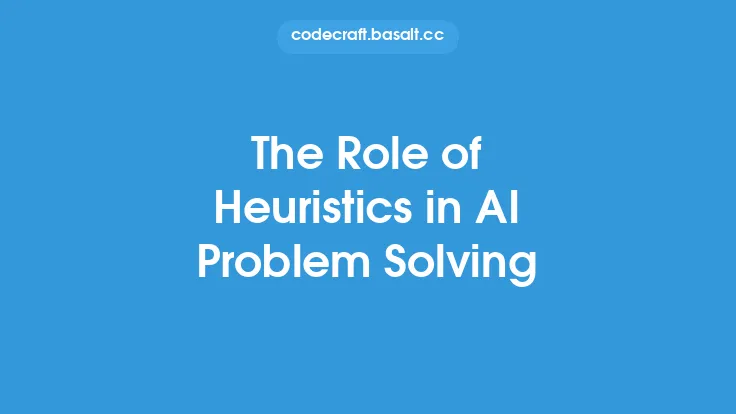Clustering is a fundamental concept in unsupervised learning, which is a subset of machine learning that deals with finding patterns and relationships in data without prior knowledge of the expected output. In unsupervised learning, the goal is to identify structure in the data, such as groups or clusters, that can help us understand the underlying distribution of the data. Clustering plays a crucial role in this process, as it enables us to group similar data points together, revealing hidden patterns and relationships that can inform decision-making, prediction, and other downstream tasks.
Introduction to Clustering
Clustering is a type of unsupervised learning algorithm that partitions the data into clusters, where each cluster contains data points that are similar to each other. The similarity between data points is typically measured using a distance metric, such as Euclidean distance, Manhattan distance, or cosine similarity. The choice of distance metric depends on the nature of the data and the specific clustering algorithm being used. Clustering algorithms can be broadly categorized into two types: hierarchical and non-hierarchical. Hierarchical clustering algorithms, such as agglomerative and divisive clustering, build a tree-like structure of clusters, where each cluster is a subset of the previous one. Non-hierarchical clustering algorithms, such as k-means and DBSCAN, partition the data into a fixed number of clusters.
Types of Clustering Algorithms
There are several types of clustering algorithms, each with its strengths and weaknesses. Some of the most common clustering algorithms include:
- K-means clustering: a non-hierarchical algorithm that partitions the data into k clusters, where k is a user-defined parameter.
- Hierarchical clustering: a hierarchical algorithm that builds a tree-like structure of clusters, where each cluster is a subset of the previous one.
- DBSCAN: a density-based algorithm that groups data points into clusters based on their density and proximity to each other.
- Gaussian mixture models: a probabilistic algorithm that models the data as a mixture of Gaussian distributions, where each distribution corresponds to a cluster.
- Spectral clustering: a non-hierarchical algorithm that uses the eigenvectors of a similarity matrix to partition the data into clusters.
Clustering Evaluation Metrics
Evaluating the quality of clustering results is a crucial step in the clustering process. There are several metrics that can be used to evaluate clustering results, including:
- Silhouette coefficient: a measure of how similar an object is to its own cluster compared to other clusters.
- Calinski-Harabasz index: a measure of the ratio of between-cluster variance to within-cluster variance.
- Davies-Bouldin index: a measure of the similarity between each cluster and its most similar cluster.
- Dunn index: a measure of the minimum distance between observations not in the same cluster.
Applications of Clustering
Clustering has a wide range of applications in various fields, including:
- Customer segmentation: clustering can be used to segment customers based on their demographic and behavioral characteristics.
- Gene expression analysis: clustering can be used to identify co-expressed genes and understand their functional relationships.
- Image segmentation: clustering can be used to segment images into regions of similar texture and color.
- Recommender systems: clustering can be used to recommend products or services based on the preferences of similar users.
Challenges and Limitations of Clustering
Clustering is not without its challenges and limitations. Some of the common challenges and limitations of clustering include:
- Choosing the right number of clusters: determining the optimal number of clusters is a challenging task, and there is no one-size-fits-all solution.
- Dealing with noise and outliers: clustering algorithms can be sensitive to noise and outliers, which can affect the quality of the clustering results.
- Handling high-dimensional data: clustering high-dimensional data can be challenging, as the curse of dimensionality can lead to poor clustering results.
- Interpreting clustering results: clustering results can be difficult to interpret, especially when the number of clusters is large.
Future Directions of Clustering
Clustering is an active area of research, and there are several future directions that are being explored. Some of the future directions of clustering include:
- Developing new clustering algorithms: researchers are developing new clustering algorithms that can handle complex data types, such as text and image data.
- Improving clustering evaluation metrics: researchers are working on developing new clustering evaluation metrics that can provide a more accurate assessment of clustering results.
- Applying clustering to real-world problems: clustering is being applied to a wide range of real-world problems, including customer segmentation, gene expression analysis, and image segmentation.
- Integrating clustering with other machine learning techniques: researchers are exploring the integration of clustering with other machine learning techniques, such as classification and regression, to develop more powerful and flexible algorithms.

